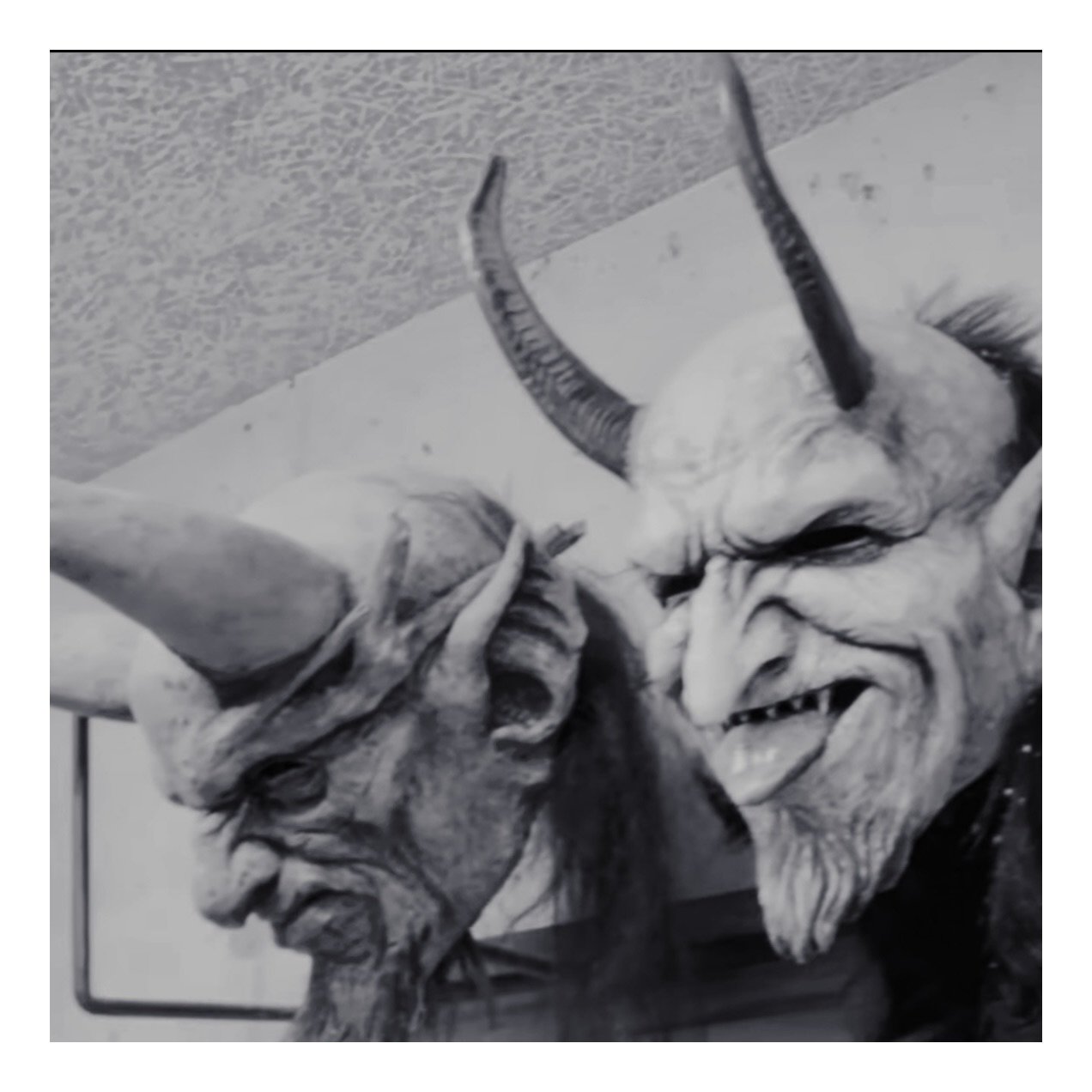The Chronicles of Kiribane: The Valoi Revolution
Kiribane, the analog-digital alchemist, stood amidst a battleground of film negatives and makeshift contraptions, wondering if salvation lay elsewhere. The constant wobble of his cobbled-together copy stand, the defiance of curling film, and the haunting specter of Newton’s Rings had him teetering on the edge of sanity. That’s when the universe whispered a solution: Valoi.
A New Hope
Valoi, the Finnish brand crafting film digitization tools with precision and simplicity, offered Kiribane the promise of a better life—or at least straighter negatives. Armed with their sleek and efficient equipment, he decided to revamp his entire process. Gone were the scavenged film holders and wobbly copy stand. In their place, a set of tools whispered, “You are a professional, Kiribane.”
The Valoi Method
1. Gear Setup:
- Digital Camera (DSLR or Mirrorless): Kiribane’s trusty Canon 90D, paired with a 50mm macro lens, remained the heart of the operation.
- Valoi Film Holder: Specifically designed to hold negatives perfectly flat, this ingenious tool eliminated the curls that had once mocked him.
- Valoi Film Advancer (Optional): To quickly and precisely advance film strips, saving time and frustration. It brought a tear to Kiribane’s eye.
- Valoi Diffuser with Light Source: A high-quality LED light with built-in diffusion to ensure even backlighting without the need for scavenged frosted glass. No more Newton’s Rings!
2. Mounting the Camera:
- Valoi’s Copy Stan replaced the old wobbly rig. It offered a sturdy, height-adjustable mount to keep the camera parallel to the film for consistent, sharp captures.
3. Scanning the Negatives:
- Kiribane inserted his first strip of 35mm film into the Valoi holder. The precision-fit design allowed him to position the film easily without worrying about alignment.
- The light source beneath the diffuser panel illuminated the negative with such perfect evenness that Kiribane swore he heard angels sing.
- Using Live View on the Canon 90D, he manually focused on the film grain—Valoi’s system ensured tack-sharp images without guesswork.
4. Capturing the Film:
- He shot each negative in RAW format to maximize detail and dynamic range. The Valoi setup made capturing even the finest details of medium and large-format film a breeze.
5. Processing in Photoshop:
- With the negatives digitized, Kiribane opened them in Photoshop. Black-and-white negatives were inverted easily, and color negatives—while still orange—were manageable thanks to third-party plugins like Negative Lab Pro, recommended by Valoi users.
Why Valoi Worked for Kiribane
1. Speed and Precision:
The filmholder and advancer let him digitize an entire roll of 35mm film in minutes instead of hours. Medium-format negatives no longer required painstaking alignment, as Valoi’s tools held them firmly in place.
2. Superior Results:
The even backlighting, sharp focus, and flat negatives produced files with unparalleled clarity. No more Newton’s Rings, no more soft spots—just beautiful digital reproductions.
3. Scalable Solution:
Valoi’s system worked across formats, and whether Kiribane was digitizing 35mm, 120, or even 4x5 sheet film, the modular design was adapted effortlessly.
4. Elegance Over Chaos:
Kiribane’s workspace looked less like a mad scientist’s lair and more like a professional digitization studio for the first time in years.
The Redemption of Kiribane
With the Valoi system, Kiribane felt like a true master of his craft. Gone were the frustrations of curled negatives and misaligned captures. His blog post titled *“Why I Switched to Valoi: Digitizing Film Without Losing My Mind”* became a viral hit. Comments poured in:
- “Where has this been all my life?”
- “Thanks, Kiribane! My negatives have never looked better.”
- “I think I might finally ditch my flatbed scanner.”
As he gazed at the perfectly digitized images on his screen, Kiribane realized the true magic of Valoi: it allowed him to focus on the art, not the process. And so, with his Canon in hand and his Valoi system by his side, Kiribane embarked on a new chapter of film photography, one ideally scanned frame at a time.


































